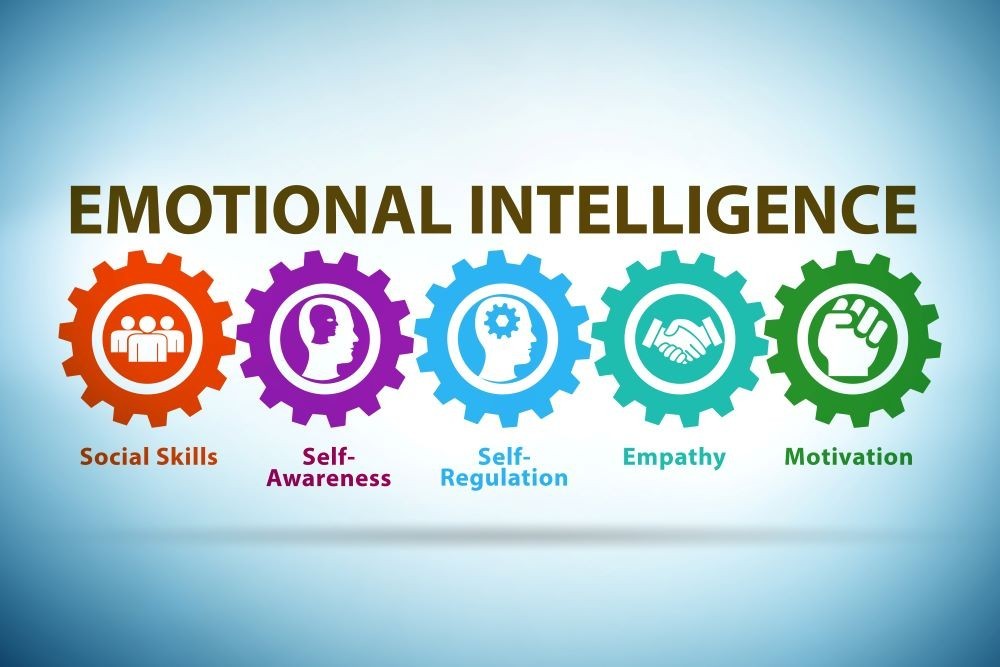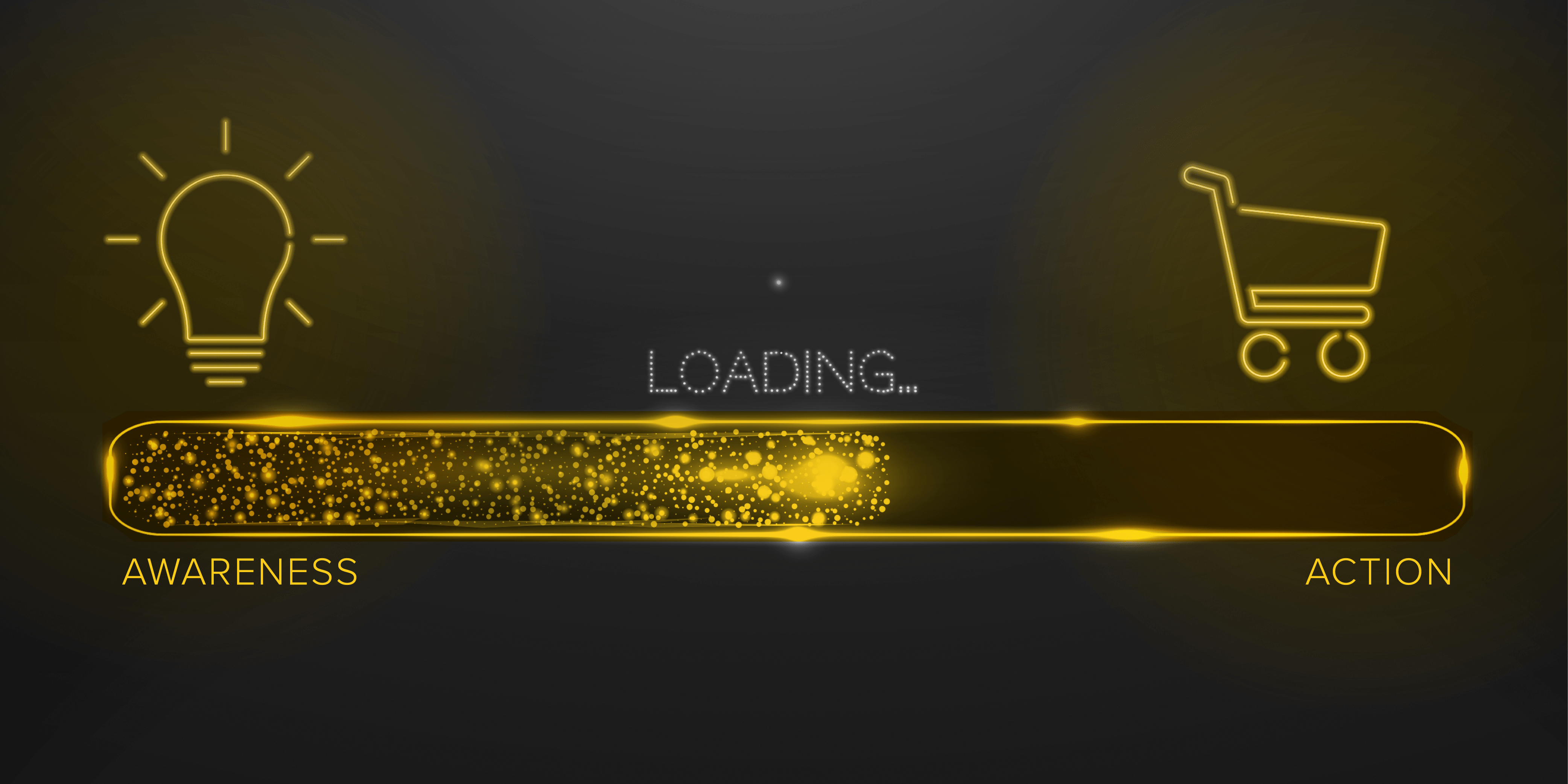Introduction.
Awareness is the first step toward personal development, but it’s the transition from awareness to action that truly drives change. Consciousness is more than understanding oneself—it’s using that understanding to make deliberate, growth-oriented choices. By translating self-awareness into tangible actions, individuals can shape a life that aligns with their values and goals. This article explores how to harness consciousness for effective personal development, moving from knowing to doing in ten essential areas.
1. Developing Self-Awareness as the Foundation
- Explanation: Self-awareness is the cornerstone of personal growth. It involves observing thoughts, feelings, and behaviors without judgment, leading to a better understanding of how they influence one’s life.
- Action: Begin a daily journaling practice where you reflect on your thoughts, feelings, and experiences. Over time, patterns emerge, revealing insights about your reactions and behavior, which you can use as a basis for positive change.
2. Setting Clear, Conscious Goals
- Explanation: Conscious goals are intentional and align with personal values. They’re not based on external pressures but reflect genuine desires that inspire long-term commitment.
- Action: Write down your values and evaluate current goals. Are they in alignment? If health is a core value, for example, set a goal to improve physical well-being, such as incorporating a regular exercise routine.
3. Practicing Mindfulness to Stay Present
- Explanation: Mindfulness keeps you anchored in the present, allowing for a more measured and thoughtful approach to decisions and actions.
- Action: Incorporate a short mindfulness exercise into your day, like focusing on your breathing for five minutes. Practicing this regularly helps you manage stress and respond more thoughtfully, rather than reacting impulsively.
4. Building Emotional Intelligence
- Explanation: Emotional intelligence (EI) is the ability to recognize, understand, and manage your own emotions while empathizing with others. High EI strengthens relationships and improves decision-making.
- Action: Start by identifying your emotions daily. For instance, if you’re feeling anxious before a presentation, name that feeling and explore its source. This practice helps you manage emotions more effectively and respond with clarity.

5. Transforming Limiting Beliefs into Empowering Ones
- Explanation: Limiting beliefs hold you back by creating self-imposed boundaries on what you think is possible. By identifying and challenging these beliefs, you can unlock new potential.
- Action: List any self-doubts or limiting beliefs (e.g., “I’m not good enough for this role”). Then, rewrite these into empowering beliefs (“I am learning and growing every day”). This mental shift is essential for taking bold actions.
6. Making Conscious Decisions
- Explanation: Conscious decisions align with your values, intentions, and goals. They’re made with awareness, weighing the potential outcomes and their alignment with your vision for yourself.
- Action: Before making significant decisions, pause to ask yourself, “Does this choice support my long-term goals and values?” For example, if career growth is a goal, prioritize actions that contribute to professional development rather than distractions.
7. Building Resilience Through Self-Compassion
- Explanation: Self-compassion means being kind to yourself, especially during setbacks. It helps build resilience and encourages a growth mindset.
- Action: When facing challenges, avoid self-criticism. Instead, talk to yourself as you would to a friend, using supportive language like, “This is tough, but I’m doing my best.” This approach helps you recover faster and keeps you motivated to keep going.
8. Creating and Maintaining Positive Habits
- Explanation: Positive habits, established consciously, are essential for lasting self-improvement. Small, consistent actions build momentum and contribute to big changes over time.
- Action: Start with one habit that aligns with a specific goal, like reading for 15 minutes daily if learning is important to you. Tracking your habit builds accountability, and the cumulative effect leads to significant growth.

9. Enhancing Communication and Building Relationships
- Explanation: Conscious communication involves listening, empathy, and clarity. It fosters healthier relationships, which are key to personal fulfillment and support in your development journey.
- Action: Practice active listening in your conversations by giving others your full attention and avoiding interruptions. Respond thoughtfully, showing empathy, which strengthens trust and mutual understanding.
10. Practicing Gratitude to Foster Positivity
- Explanation: Gratitude shifts focus from what’s lacking to what’s abundant in life. It encourages a positive mindset, which is essential for maintaining motivation and joy in personal growth.
- Action: Keep a gratitude journal, writing down three things you’re thankful for each day. This practice trains your mind to notice the positive, helping to counterbalance stress and setbacks.
Conclusion.
Moving from awareness to action requires a commitment to apply insights in everyday life. Conscious living means not only understanding oneself but also making intentional choices that align with one’s values and goals. Whether it’s setting intentional goals, cultivating mindfulness, or practicing gratitude, every action you take can become a building block for personal growth. This approach fosters a deep sense of fulfillment, as each conscious choice brings you closer to a life that reflects your true self. Through intentional actions, resilience, and positive habits, you create a foundation for lasting personal development and a more meaningful life.



You must be logged in to post a comment.